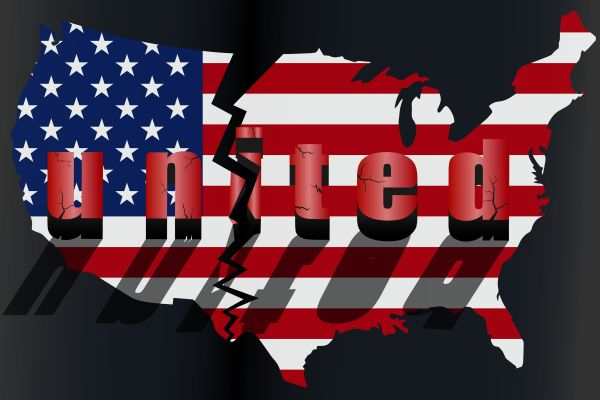SAVING OUR DEMOCRACY

A BRIDGING MODEL
“Join us as we explore what it means to bridge in a way that builds empathy and understanding while centering justice and our common humanity” so challenges the Other & Belonging Institute at the University of California, Berkeley.
“The bridging community plays an important role in this work. Bridging organizations in the U.S. work across divides, including political ideological divides, to encourage empathy and understanding among diverse constituencies. However, many bridging organizations cite difficulties in getting people into the room to even have a conversation.”
At the School of Social Welfare at UC-Berkeley, we are developing a bridging model that not only gets us into the room but makes a strong stand in that room. Our model is being built upon the experience of a major nationwide program entitled “Idea of America Network.”
The Idea of America Network was developed at the request of then President of Colonial Williamsburg Foundation Colin Campbell. As head of the largest historical living museum in the nation, he prominently stated: “The premise of Idea of America is that Americans embrace values that are often in tension. These tensions—law vs. ethics, freedom vs. equality, unity vs. diversity, common wealth vs. private wealth—are at the heart of a great debate that began with the Founders and continues today.”
Idea of America Network workshops encompassed the following goals: (1) Engaging civic-minded participants in discussion and debate on our founding values and the tensions in reaching a common ground throughout the course of our history; (2) Engaging participants in identifying areas of possible bridge building that would cross political, racial, social and economic divides, (3) Engaging participants in developing possible action-oriented programs for implementing those bridges.
Seminars and workshops were conducted in a wide variety of institutions: Churches and Synagogues, Senior Centers, Civic groups, adult education programs in the local library, book reading groups and even a gathering of neighbors and friends around the kitchen table or at the favorite coffee shop. It also was conducted in a number of colleges and universities in their Osher Lifelong Learning Institutes.
Ultimately, the network conducted 120 local based workshops in ten states with over 1,400 participants. The program ran for eight years. To our knowledge, this is the most extensive and carefully monitored and evaluated community-based program addressing polarization and bridging ever undertaken in the nation.
The bridging model being developed has three steps:
Step One: The Telling of Our History
The telling of our history is highly polarized and politicalized. Much of that history is being excluded as “too uncomfortable” or “racially motivated” by many states and local school boards. To save our democracy we must learn from our past. The telling of our history is critical to this effort.
Step Two: Identify Potential Bridges
Potential bridges must meet three critical criteria. First, they must address both a personal need and a public good. Second, access to the bridges must be local meaning that individuals realize those bridges in real time and in their homes and communities. Third, they must be able to cross strongly held political and social divides.
Step Three: Connecting and Engaging for Social Change
For the Bridging Model to be successful, we must be engaged in our local communities. Given the political polarization at the national level, the engagement must be local. As it should be. We must connect with the institutions that shape the community. We must engage community leaders and local activists. We must address human needs in specific terms, not broad generalizations. But how do we connect and engage locally?